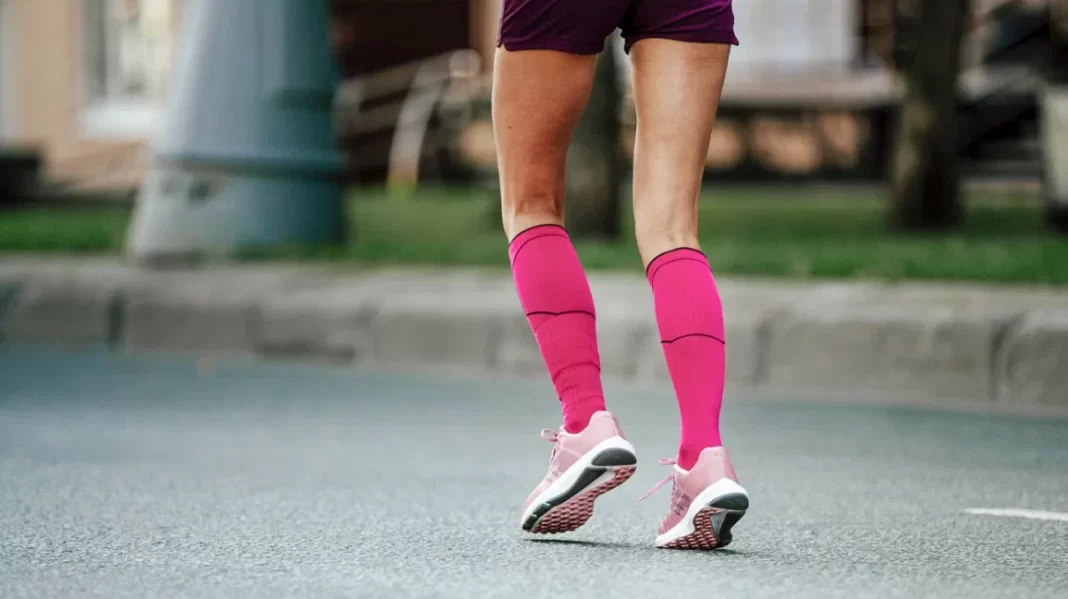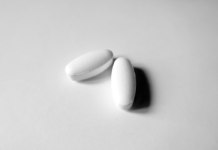When glucose (blood sugar) increases to alarmingly high levels, one gets diabetes. It is a disease that increases the blood sugar level in the body.
Food provides most of the body’s energy in the form of glucose. Glucose from the food that is eaten by you enters the blood cells through the pancreas. The pancreas produces the hormone insulin. Insulin deficiency or insulin insensitivity can lead to a variety of health problems. Because of this, glucose doesn’t get to the cells in your body.
A long-term buildup of glucose in the bloodstream might create health issues. There are ways to fight the effects of diabetes, one of which is keeping the foot dry by wearing medical socks. Colourful diabetic socks have been developed to keep the feet dry, decrease the chances of foot damage, and improve blood circulation. Foot care is essential for battling diabetes to decrease the chances of harming the nerve and blood vessel systems.
Diabetic neuropathy (damage to the nerves) impairs foot feeling, especially in the soles, and raises the possibility of injury. Diabetes can also make a person’s damage go untreated because they are unaware of it.
Diabetic people who benefit from wearing just colourful diabetic socks the whole time include the following:
- People with foot fungus and changes in the colour of their foot, change in temperature, or the presence of blisters.
- People who have damp feet regularly.
- People with different types of atherosclerosis
Features
There are a variety of attributes in diabetic socks that address specific foot problems.
- Material That Prevents Sweating
Some people use foot odour spray, which helps the sweat to evaporate, as well as use medical socks, which eliminate moisture from the legs to prevent the spread of infection. Consider foot care accessories to keep your feet dry and guard against cuts, swellings, and other damage to your feet. These days, many diabetic foot sufferers choose medical socks because they have superior moisture-wicking properties attributed to acrylic fibres. These might also lessen inflammation, enhance blood flow, and relieve swelling.
- Seamless
People with neuropathic problems or hyperglycemia are at greater risk of ulcers due to friction and blistering. Seamless diabetic socks might also be made of white soles to enclose wounds that are unsightly.
- Fabric with a softer feel
Bamboo fibre and woollen material are good choices for diabetic socks as they provide a softer feel. The special yarn is used to make diabetic socks. These are less likely to cause cuts and bruises.
- Non Elastic binding
Socks for diabetic people are made to be put on comfortably without pressing the calves as it might reduce the flow of blood.
- Proprietary Antimicrobial Agents
Some socks have anti-fungal attributes to inhibit the growth of bacteria and fungi. You can prevent Athletes’ feet from recurring with the usage of copper-infused stockings. They also have anti-odour properties.
- Sole Cushions
Gel or silicone-filled materials that are sewn into extra-thick cloth or thick fabric can help avoid foot injuries. If you stand for a long amount of time or work out frequently, look for cushioned diabetic socks with additional padding in the heel or beneath the foot.
- Smart Devices
Sensors implanted in diabetic socks may monitor the foot’s temperature and provide a warning to a smartphone app if, for example, an ulcer is forming. A battery the size of a coin is positioned near the ankle on the outside of the sock. Typically, these socks last half a year or so.
- Lengths
Diabetic socks are found in multiple lengths, including no-show, anklet, crew, calf, and over-the-knee varieties.
Compression Stockings vs. Diabetic Socks
In contrast to diabetic socks, pain relief foot compression socks promote constriction to improve blood flow back to the heart. People with diabetes should avoid using medical-grade compression socks because they might reduce blood flow to the feet and hasten the deterioration process.
Taking Care
People with diabetes should wear diabetic socks every day, and they should be laundered often. With frequent use and adequate maintenance, most will last around six months. They can last longer if washed properly and dried at a low temperature.















